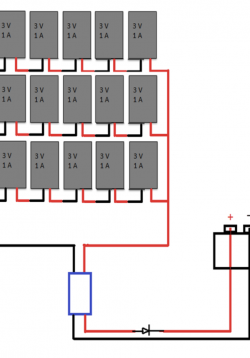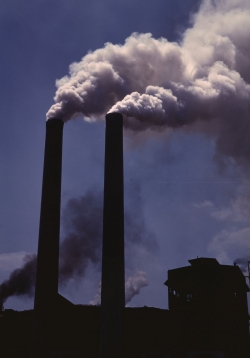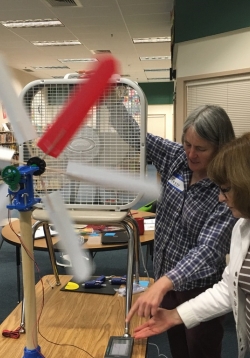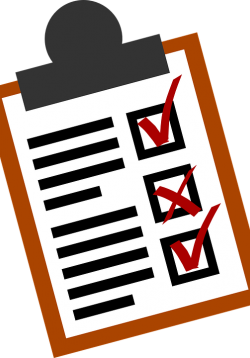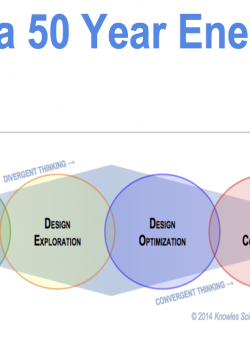Background Research on Alternative Transportation Vehicles
Students completing this lesson will already have identified some of the problems inherent in the development of ideas to replace fossil fuels in the transportation sector. Students will now conduct some research to identify some of the pros and cons of...

